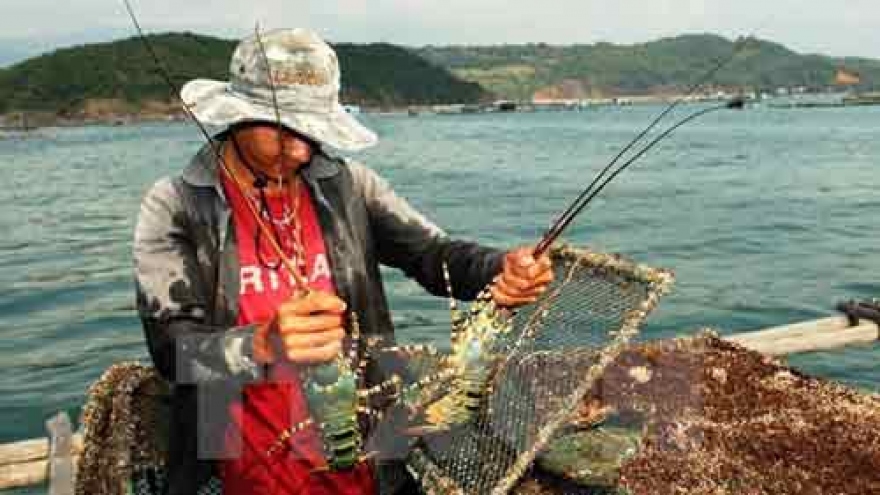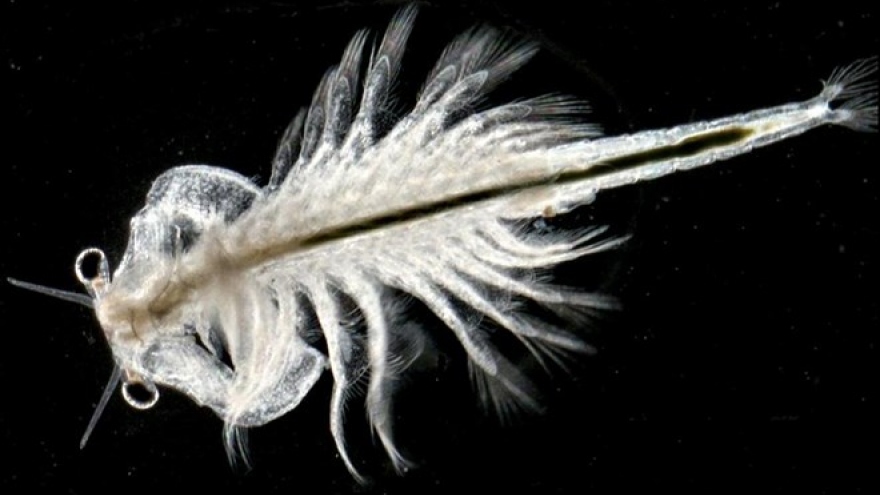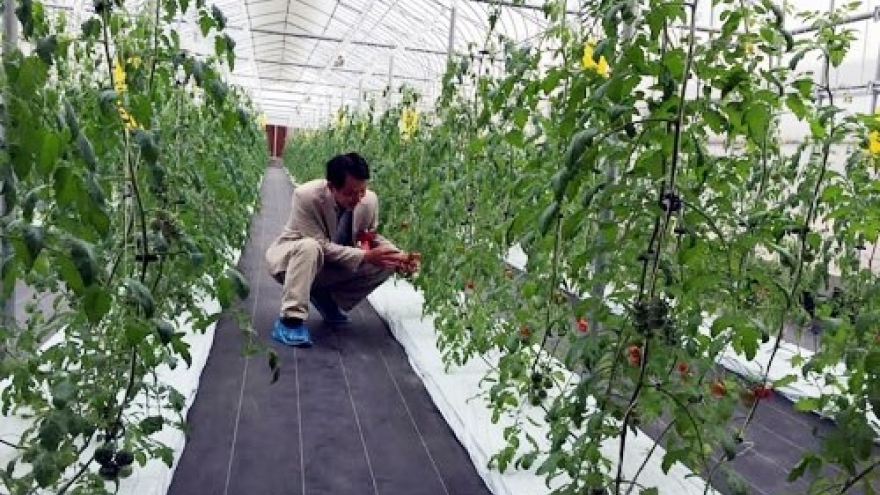Farming sector moves to regain growth amid climate change
Minister of Agriculture and Rural Development Cao Duc Phat asked for greater efforts to restore the growth of the agriculture sector which is suffering from El Nino and climate change impacts during a meeting with the media in Hanoi recently.
 |
He also urged the Ministry’s Cultivation Department to grow rice and vegetables on the largest scale and restore acreages of perennial plants following droughts and epidemics.
The Plant Protection Department will closely monitor disease outbreaks and suggest measures to ensure the safety of vegetables, tea and pepper while the breeding sector will continue driving back the abuse of banned substances and antibiotics.
The Directorate of Fisheries established a working group in the south to closely monitor technical assistance for shrimp farmers and restore aquaculture in several provinces in the central region.
The prolonging drought and saltwater intrusion have damaged nearly 250,000ha of rice, 18,960 ha of vegetables and more than 149,700ha of industrial plants. Over 288,000 households also lacked running water.
As of May 20, an estimated 1,355 heads of cattle were killed and thousands of others run short of drinking water while around 6,800ha of aquaculture were damaged.
In mid-May, the total loss nationwide was estimated at an upward of VND9.7 trillion (US$990 million), VND700 billion (US$31.8 million) of which was caused by severe cold spells, more than VND8.9 trillion (US$404.5 millio) by drought and saline intrusion, and others by whirlwind, lightning and hailstorms.
According to the department, the total output of winter-spring crop is estimated at 19.9 million tonnes this year, down 844,000 tonnes year-on-year.
The General Statistics Office estimated that pig and poultry stock rose 3-3.5% on year while the number of cows increased 1-1.5%, thanks to strong investment by major groups over predicted lack of meat supply in China.



